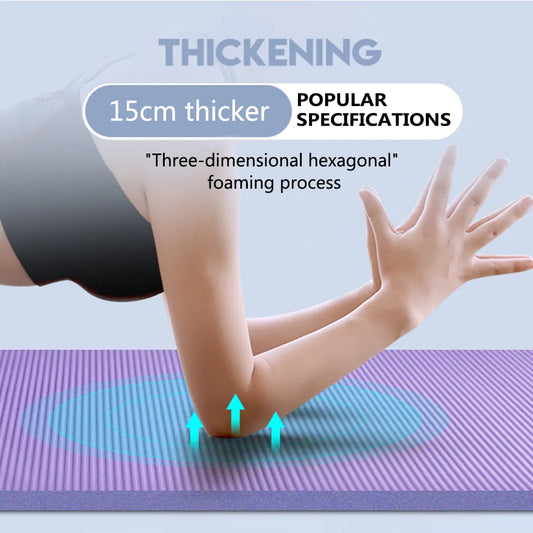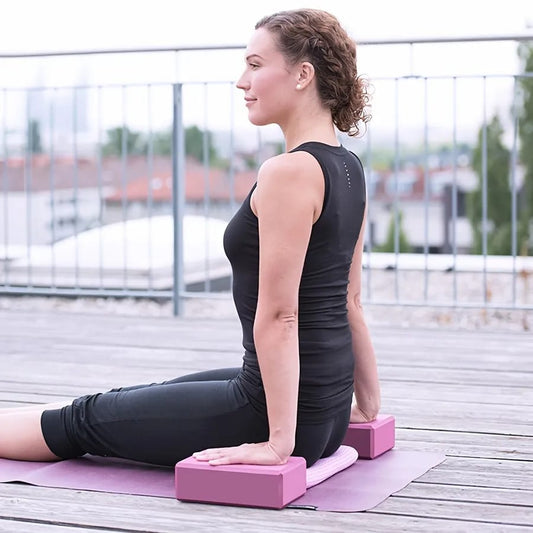Yoga, Pilates, and fitness are all forms of exercise that promote physical, mental, and emotional well-being, but they differ in their principles, techniques, and objectives. Here's a breakdown of the key differences between yoga, Pilates, and fitness:
Yoga:
- Origin: Yoga originated in ancient India and encompasses a holistic approach to health and well-being, incorporating physical postures (asanas), breathwork (pranayama), meditation, and philosophical principles.
- Focus: Yoga focuses on promoting harmony between the mind, body, and spirit, as well as cultivating self-awareness, mindfulness, and inner peace.
- Techniques: Yoga involves practicing a series of physical postures, breathing exercises, and meditation techniques to improve flexibility, strength, balance, and mental clarity.
- Benefits: Benefits of yoga include increased flexibility, reduced stress and anxiety, improved concentration, enhanced relaxation, and greater mind-body connection.
Pilates:
- Origin: Pilates was developed by Joseph Pilates in the early 20th century as a system of exercises aimed at improving physical strength, flexibility, and alignment.
- Focus: Pilates focuses on strengthening the core muscles, improving postural alignment, and enhancing overall body awareness and control.
- Techniques: Pilates exercises emphasize precise movements, proper alignment, and controlled breathing patterns, often using specialized equipment such as reformers, cadillacs, and chairs.
- Benefits: Benefits of Pilates include improved core strength, increased flexibility, better posture, enhanced muscular balance, and reduced risk of injury.
Fitness:
- Scope: Fitness encompasses a broad range of physical activities and exercises aimed at improving overall health, cardiovascular fitness, strength, endurance, flexibility, and body composition.
- Focus: Fitness training focuses on achieving specific fitness goals, such as weight loss, muscle gain, cardiovascular conditioning, or sports performance enhancement.
- Techniques: Fitness training includes a variety of exercises and activities, such as strength training, cardiovascular exercise, flexibility training, functional fitness exercises, and sports-specific training.
- Benefits: Benefits of fitness training include improved physical fitness, increased energy levels, better cardiovascular health, enhanced muscular strength and endurance, weight management, and stress reduction.
In summary, while yoga, Pilates, and fitness share common goals of promoting health and well-being, they differ in their approaches, techniques, and emphasis. Yoga emphasizes holistic well-being and mindfulness, Pilates focuses on core strength and body alignment, and fitness encompasses a diverse range of exercises aimed at improving overall physical fitness and health. Individuals may choose to incorporate one or more of these practices into their fitness routine based on their goals, preferences, and individual needs.




















